How much do you know about honey bees? Here are 10 small but important, cute but great stories about bees that we have encountered. Let's see what honeybees have to say, shall we?
1. Wasp, the ancestor of honeybees
When did honey bees first appear on Earth? Originally, bees were carnivorous insects that preyed on other insects, much like wasps are today. But about 100 million years ago, with the appearance of flowers in the Cretaceous Period, their behavior began to change. Some bees started to feed on flowers, which led to the pollination of the flowers, and flower populations exploded as a result. Flowers also began diversifying in color and shape to attract more bees, and these herbivorous wasps became the ancestors of honeybees.
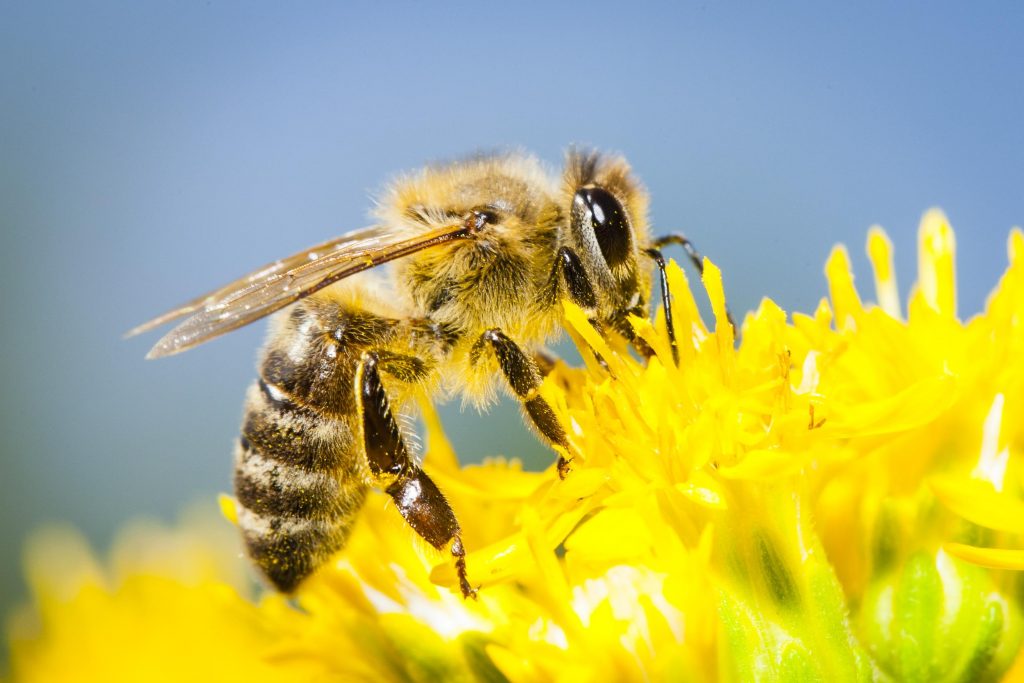
2. Five eyes
Bees have 5 eyes. Two large compound eyes are located on either side of the face, and three simple eyes are positioned in between these two compound eyes. The compound eyes detect the shape and color of objects, while the simple eyes detect the color changes in ambient light. The bee's brain is able to accurately distinguish colors in changing light by integrating the visual information from these two different types of eyes.
3. Dancing, a way of communication
Did you know that bees also have a democratic society? The titles of queen and worker bees often lead people to believe that honeybee society has a monarchical structure. But in fact, while the queen bee has a mission to lay eggs, decisions about the hive are made through a conversation amongst all the bees. How do bees have conversations? By dancing! Bees can perform a variety of dances, including round dances, sickle dances, and waggle dances. The round dance is performed when the target is within 100m of the bee, while the waggle dance is done when the target is much further away. In the waggle dance, specific distance and location information can be conveyed by the tilt and angle of the dance, as well as the movement of the tail. By watching this dance, bees recognize where other bees have found nectar sources and where they can build new hives.
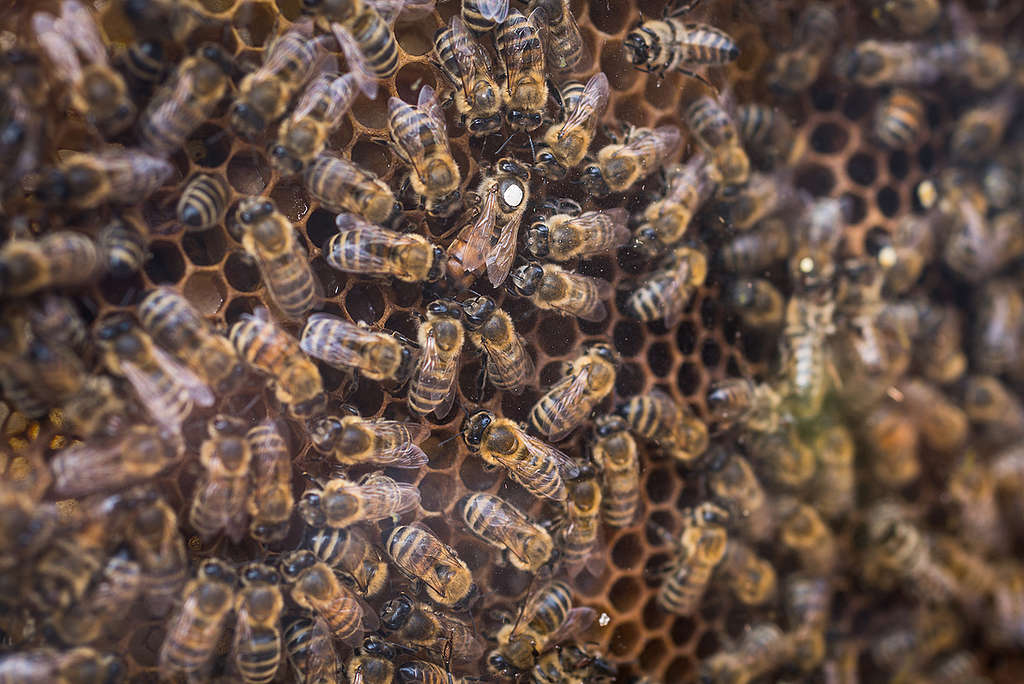
4. Job assignment based on seniority
Worker bees have different duties depending on their age. Newborns are in charge of childcare, while 1-week-old ones are responsible for building new hives and distributing food. As they get a bit older, they start to guard and help defend their home. They go out to forage for pollen when they are over 3 weeks old. Worker bees have different roles for different ages because of the size of their brains and memory capacity. It takes a certain amount of time after birth for them to build enough memory capacity to remember how to find their way back home.
5. The lifespan of a worker bee
The lifespan of a worker bee depends on the season of birth. Worker bees born during the honey flow period – the time when there is enough flower nectar available for bees to convert into honey - live only for one to two months. This is because they expend a lot of energy doing heavy labor: building hives out of wax, caring for growing larvae, and collecting pollen. On the other hand, worker bees born in the late fall without much work can live for up to six months.
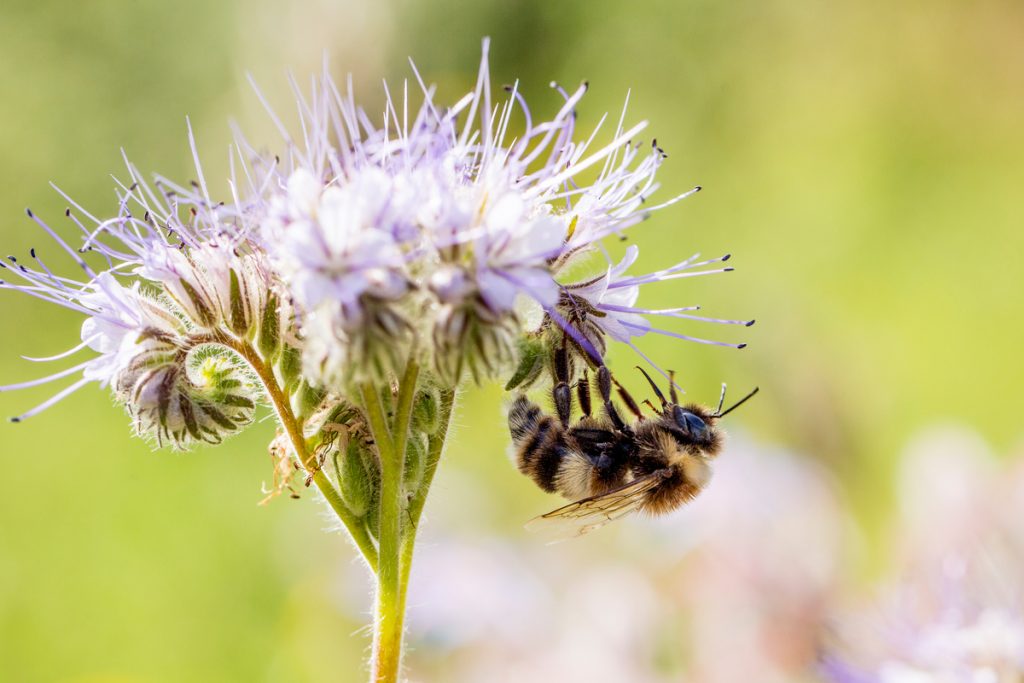
6. Vegetarian honeybees
Nectar and pollen are bees' main food, and the plants they collect from are called honey plants. There are countless honey plants, including acacia, rapeseed, and common camellia. Based on the amount of nectar or pollen they produce, honey plants are further divided into primary and secondary sources. Honeybees rarely forage for food from other sources since they can get enough food and nutrients from these honey plants alone. With the exception of "vulture bees", honey plants are the primary sources of food for honeybees.
7. 40,000 flights for 1kg of honey
The amount of nectar collected by one honeybee per foraging trip is about 30-50mg. With a body weight of about 0.1g, a honeybee can carry nearly half of its body weight in nectar! A honeybee flies out to collect nectar 7-13 times a day, sometimes as many as 24 times a day, which means 10,000 worker bees have to make 4 trips to produce 1kg of honey.
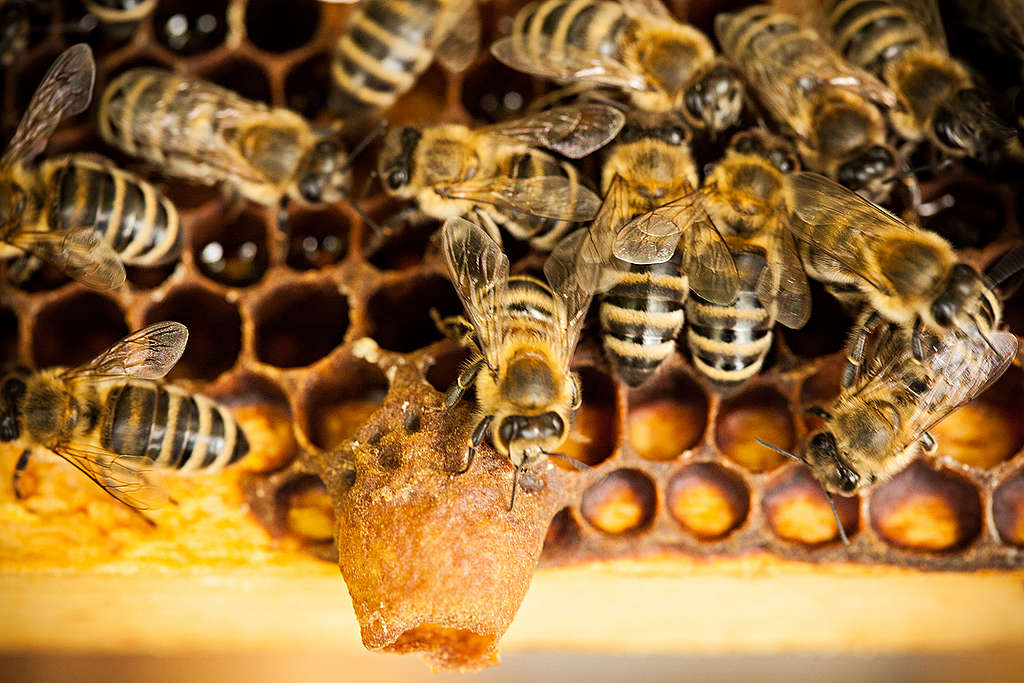
8. Royal jelly, the privilege of the queen bee
Both the queen and worker bees are born from the same larva. Then some larvae become queen bees, and the others become worker bees. What makes the difference? Queen bees grow in a special area called the queen cell, but they also consume royal jelly for a much longer period than worker bees. While worker larvae only consume royal jelly for the first three days, queen larvae continue to feed royal jelly throughout their development. A queen bee fed royal jelly would live 10 times longer than a worker bee, grow three times larger, and lay two million eggs in her lifetime.
9. Bees in Korean history
The history of honeybees in Korea dates back to the Three Kingdoms period. It's recorded in the Chronicles of the Three Kingdoms that honeybees were introduced during the time of King Dongmyeongseong of Goguryeo Kingdom. Beekeeping, which started in Goguryeo and spread to Baekje and Silla Kingdoms, seemed to have already been quite advanced as Baekje Kingdom later brought the beekeeping techniques to Japan according to the records. Later, in the Goryeo Dynasty, honey was used to make honey pastry, and the Chosun Dynasty documented beekeeping techniques such as protecting bees and collecting honey. Bees became a symbol of wealth and good fortune and were often embroidered on valuables and money bags as a symbol of bees' diligence.
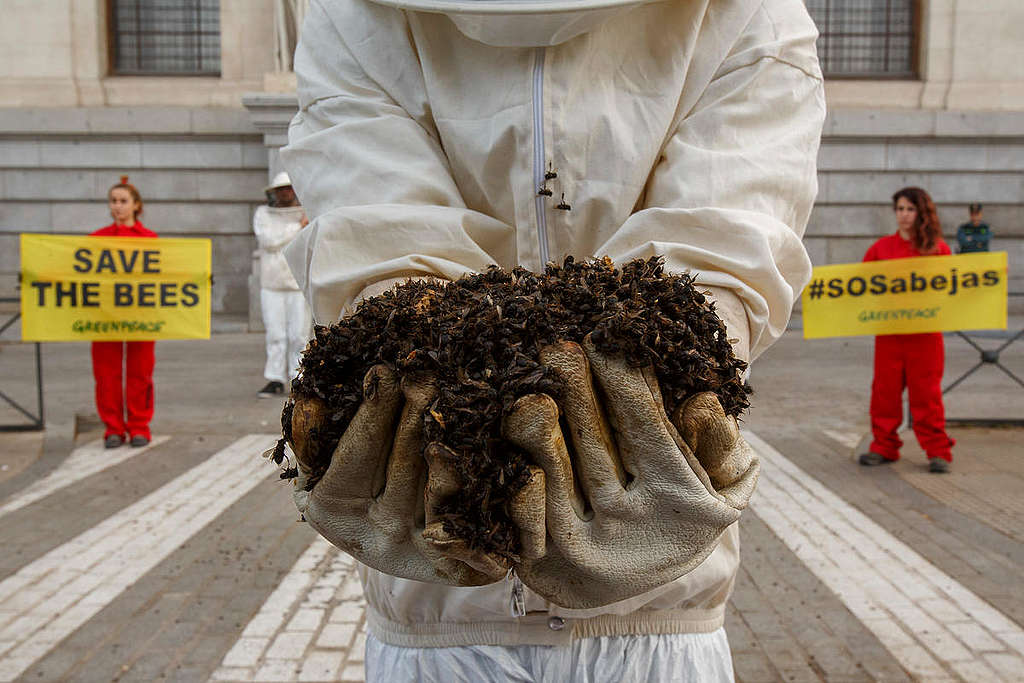
10. Honeybees, the guardians of the ecosystem
The number of honeybees, the guardians of our ecosystem, is plummeting. As of the beginning of 2022, 7.8 billion honeybees, or 16% of the total Korean honeybee population, was lost, and even more are expected to be lost this year. A wide range of environmental issues are being blamed for the decline, including the climate crisis, parasites, the decline of honey plants, and the use of pesticides. Government involvement and efforts are urgently needed to solve this complex problem. In order to manage the bee population more systematically, a "Save the Honeybees Committee" needs to be established.






